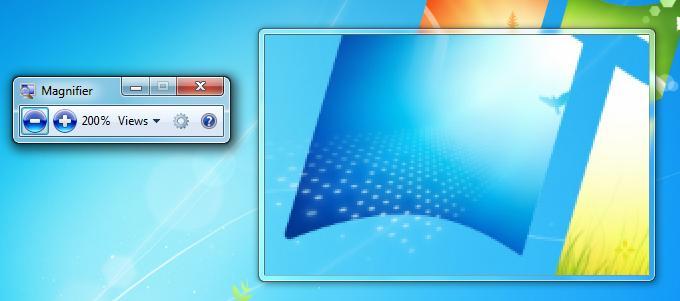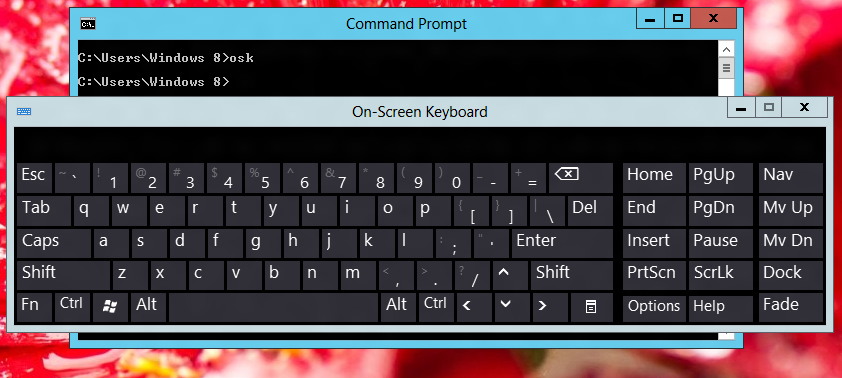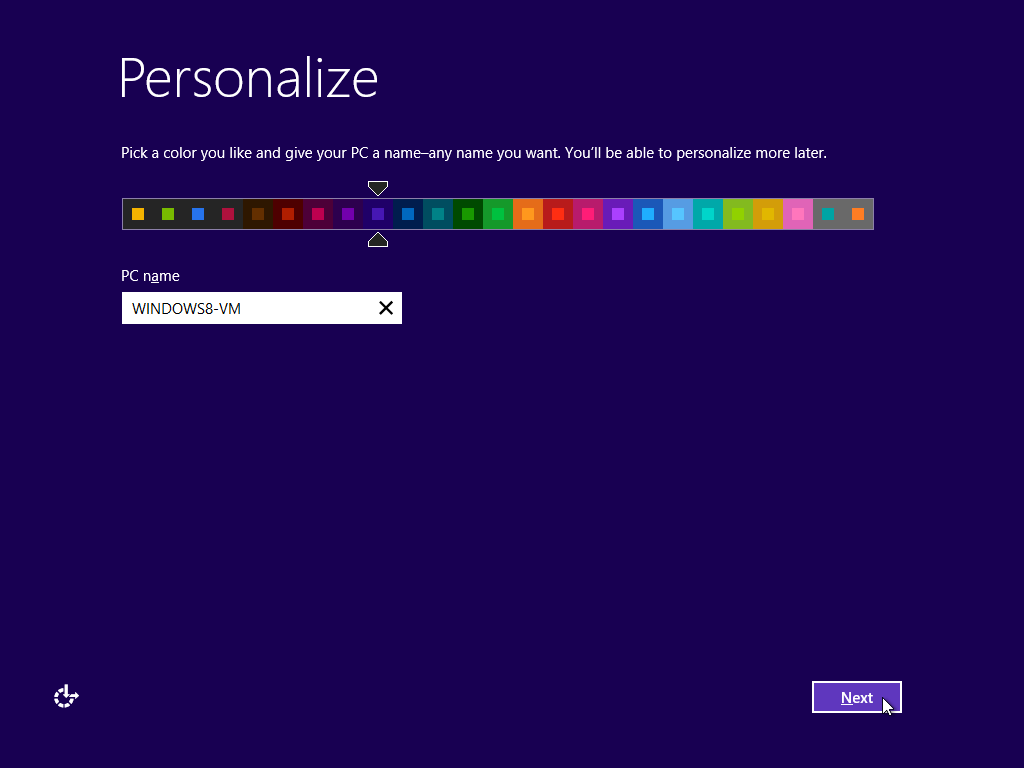-
-
products
-
resources
-
support
-
company
-
Using Windows Accessibility Features to better navigate Windows
By Steve Horton September 04, 2013windows, Windows 7, windows 8, windows accessibility features, windows vista, Windows XPNo CommentsIn this article, we’ll be talking about Windows Accessibility Features. Windows Accessibility Features are features in each version of Windows that allow for easier navigation through the operating system, and they can be found by opening the Control Panel and clicking Ease of Access. On versions of Windows preceding Windows 8, simply click Start, and then Control Panel to get to the Control Panel. On Windows 8, there are many different ways: we recommend right-clicking the bottom-left corner of your screen in Desktop Mode and clicking Control Panel from the Quick Access Menu. Or, you can open the Start Screen and type Control Panel.
Since Windows Accessibility Features are iterative (as Microsoft wishes to expand accessibility for wider audiences with each release), we’ll be covering a list of the ones found in Windows 8. Most of these are present in older versions of Windows, but one of them is new. Here we go!
All Windows Accessibility Features can be pinned to the taskbar in Windows 7 and 8, and in earlier versions of Windows, be pinned to the Start Menu or Desktop instead.
Magnifier
Magnifier is a utility that allows you to change font size, icon and tile size, or just magnify a portion of the screen, if you’re having trouble reading or seeing whatever it is you need the zoom on. The Magnifier can be used for taking a closer look at the items selected (at various levels of magnification) or viewing in negative colors.

Magnifier in action.On-Screen Keyboard
On-Screen Keyboard allows you to type without a keyboard, using a mouse, a joystick, or even a touchscreen — however, this feature is typically enabled automatically on touchscreen Windows tablets. It can be tweaked in Windows 8 through usage of the charms bar. The On-Screen Keyboard can be used for keyboard-free data entry or a substitute for a broken keyboard.

The On-Screen Keyboard in Desktop Mode.Narrator
Narrator makes your computer read text on the screen, which is useful if it’s illegible or you’re sight-impaired. Be sure to enable this feature if a blind friend or relative needs to get something done on the computer. You can use this feature by enabling it in Ease of Access and having it read whatever’s on the screen or whatever is highlighted.
Speech Recognition
Speech Recognition is used to let you interact with your computer vocally, dictating text and otherwise giving commands. Use it if you want to work without a mouse or would prefer speaking to typing — this can save you hundreds of dollars on speech recognition programs and, so long as you have a good microphone and are willing to make the occasional correction, you should be fine. This one is exclusive to Windows 8.
Personalization
Personalization allows you to tweak your computer’s taskbar, background, tiles, screen resolution, font size and screen saver, among numerous other features. Tweak this if you’d prefer a different aesthetic, or have trouble navigating your system as it is now. Personalization can be accessed by right-clicking your Desktop and clicking Personalize, or via Appearance and Personalization in your Control Panel, or clicking Personalization from the Ease of Access menu.

The Personalize screen in Windows 8.Keyboard Shortcuts
Keyboard shortcuts allow you to make quick work of tasks that would otherwise require a lot of mousework. Try Alt+Tab to toggle through your current programs!
Sticky Keys
Sticky Keys lets you activate keyboard shortcuts one key at a time, instead of having to press them simultaneously — useful if you have a difficult keyboard to use. Sticky Keys, like everything else in this article, can be enabled in the Ease of Access menu.
Filter Keys
Filter Keys is used to ignore unintentional keystrokes — if you have a problematic keyboard that keeps typing things you’re not tying, you may want to look into this. Filter Keys can help you diagnose what keys in particular are giving you issues, or to prevent further issues without having to buy a replacement keyboard.
Mouse Keys
Mouse Keys lets you use your arrow keys or number pad instead of your mouse. Useful if you lose or break your mouse and still need to navigate without it.
Along with being able to navigate Windows using broken equipment, Accessibility Features are also good for people who are differently abled than others. Through use of these features, many more people have access to the entire Windows experience.
Was this post helpful?YesNoFree Driver Updates
Update your drivers in less than 2 minutes to enjoy better PC performance - Free.
Free Driver Updates
Update your drivers in less than 2 minutes to enjoy better
PC performance - Free.
Didn't find your answer?Ask a question to our community of experts from around the world and receive an answer in no time at all.most relevant recent articles Pin It on Pinterest